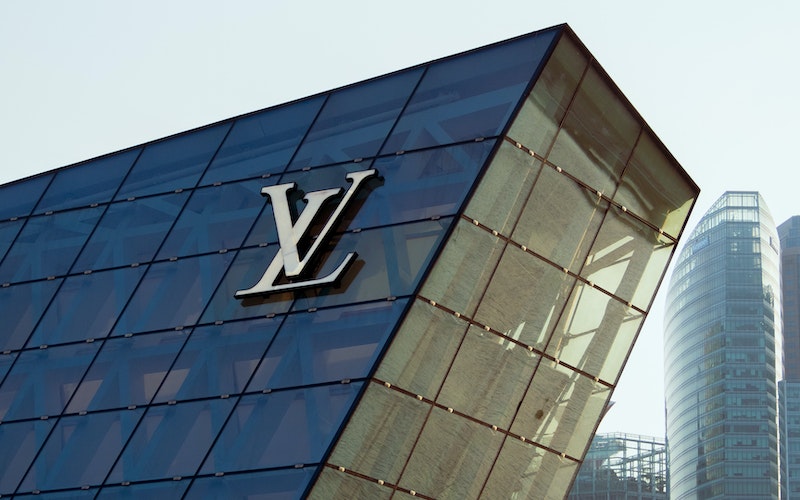Introduction
In the world of luxury brands, one name stands supreme – Louis Vuitton. It’s not just a brand; it’s a symbol of sophistication, craftsmanship, and innovation. But do you know the story behind this iconic name? Let’s delve into the captivating journey of Louis Vuitton and discover how it became the most valuable luxury brand globally. Share your thoughts at the Submit Blog Post category.
The Man behind the idea
Louis Vuitton, the man himself, was born into a modest family in eastern France. At the tender age of 16, driven by dreams of a better life, he left his family behind and embarked on a journey to Paris, the city of dreams.
Arriving in Paris during a time of rapid industrialization and increasing travel, Louis Vuitton recognized an opportunity. Trains were becoming the preferred mode of transportation, leading to a growing demand for durable and reliable travel accessories. To learn the craft, he began apprenticing under Monsieur Maréchal, a renowned box-maker and packer.
Under the mentorship of Monsieur Maréchal, Louis honed his skills as a craftsman. Seventeen years later, at the age of 33, he opened his own shop in Paris. It was in this shop that he introduced his first groundbreaking innovation – the flat-top trunk. In a departure from the traditional rounded-top trunks, Louis’s design allowed for easy stacking, a simple yet revolutionary improvement. He also made these trunks waterproof by incorporating leather into their construction.
The Legacy
When Louis Vuitton passed away at the age of 70, his son, Georges, assumed leadership of the company. While Louis laid the foundation, Georges elevated it to a global brand.
One of Georges’s most significant contributions was the introduction of a new lock for the trunks. Designed to thwart burglars, this locking system, still in use today, rendered Vuitton trunks impervious to theft. The brand’s commitment to protecting travelers’ belongings was unwavering.
In 1896, Georges paid homage to his father’s legacy by unveiling the iconic LV monogram. This distinctive pattern, adorned with LVs, quatrefoils, and flowers, became synonymous with Louis Vuitton’s commitment to quality and luxury.
Under Georges’s visionary leadership, Louis Vuitton garnered a prestigious clientele that included royalty, celebrities, and the affluent. The brand’s travel trunks became symbols of opulence and status.
As Louis Vuitton’s reputation soared, its global presence expanded. The brand ventured into Asia with stores in Seoul, South Korea, and Taipei, Taiwan, in the early 1980s. In 1985, the Epi leather line was introduced, adding a new dimension to Louis Vuitton’s offerings.
The establishment of LVMH (Moët et Chandon and Hennessy) in 1987 marked a pivotal moment in Louis Vuitton’s history. This conglomerate of luxury goods producers would further propel the brand to unparalleled heights.
The turn of the century brought even more milestones, from the launch of the mini monogram line in 1999 to opening the first store in Africa in Marrakech, Morocco. Louis Vuitton’s commitment to philanthropy was also evident when Sharon Stone’s vanity case “amfAR” was auctioned at the International Film Festival in Venice, with proceeds benefiting The Foundation for AIDS Research.
The Bottom Line
Louis Vuitton’s journey from a young craftsman’s dream to the pinnacle of luxury is a testament to innovation, dedication, and a relentless pursuit of excellence. Today, as the most valuable luxury brand in the world, Louis Vuitton continues to set the standard for sophistication and timeless style.




